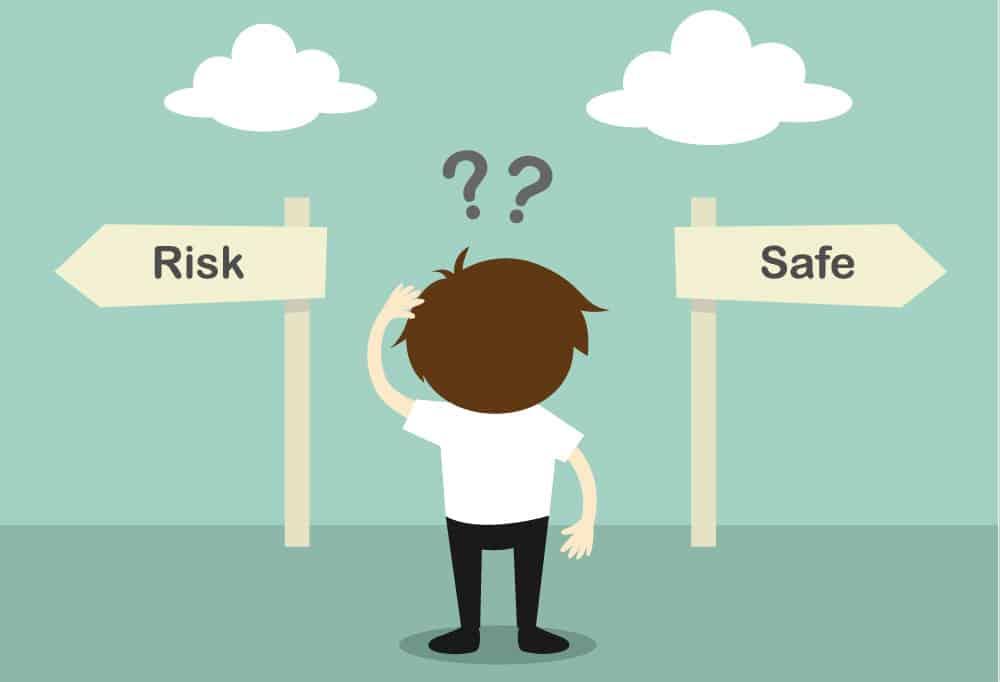8Feb2016
Freedom. Purpose. Meaning. Three reasons why people dream of becoming entrepreneurs. Whether it’s online or brick-and-mortar, running a business entails many risks. New research shows that the financial risk may not be as great as originally thought.
While being an entrepreneur is a transformative process, dealing with more uncertainty and responsibilities, and earning less than in a comfortably paid 9 to 5 job are inevitable aspects of running a business. The hours and work are grueling. It takes time for a business to get traction, and entrepreneurs often need a Plan B, and sometimes even a Plan C.
Chairman and CEO of Gallup Jim Clifton was noting in his article “American Entrepreneurship: Dead or Alive?” that countries like Hungary, Denmark, Finland, New Zealand, Sweden, Israel, and Italy have higher startup rates than America does. “We are behind in starting new firms per capita, and this is our single most serious economic problem,” wrote Clifton. Another worrying aspect he emphasized is that entrepreneurship is now in decline for the first time since the U.S. government started measuring it, despite people’s perception that there is a lot of entrepreneurial activity in America.
Assoc. Prof. Gustavo Manso of the Haas Finance Group at UC Berkeley’s Haas School of Business conducted a study showing that it’s not all gloomy in the American entrepreneurial world, even though previous research has found out that entrepreneurs earn less and bear more risk than salaried workers.
He highlighted that studies suggesting entrepreneurship doesn’t pay use estimates of mean and standard deviation of entrepreneurial earnings. These are based on data collected at one specific point in time, which fail to account for the option value of experimenting with ideas.
Manso’s research looks at patterns consistent with entrepreneurship as experimentation, such as short entrepreneurship spells and a higher likelihood to close up shop after performing badly. More importantly, Manso highlights that “failed entrepreneurs are not punished when they return to the salaried workforce.” In other words, they earn almost as much as similar individuals who weren’t entrepreneurs.
For the purpose of his research Manso used data from the US National Longitudinal Survey of Youth-1979 (NLSY79), which follows individuals over time. NLSY79 polled 12,686 people who were 15-22 years old at the time of the survey. Manso dropped odd years from the sample, as well as other components not relevant to his study, and selected a final sample of 5,415 individuals from 1980 to 2012.
He found out that almost 52% of entrepreneurship spells last less than two years.
As to lifetime earnings, these incorporate the value of the options embedded in entrepreneurship, making returns to entrepreneurship more attractive than suggested by previous research. Lifetime earnings of those who were self-employed are slightly higher than lifetime earnings of those who were never self-employed.
Entrepreneurs with successful businesses make 10% more money than salaried employees with similar characteristics, whereas those who fail can return fast to a salaried position while limiting their losses. “The option to abandon entrepreneurship increases the return and reduces the risk faced by entrepreneurs,” writes Manso.
When asked to explain some of his conclusions, particularly those about the implications of his findings regarding entrepreneurship education, Professor Manso graciously responded: “We have been teaching students that entrepreneurship does not pay and that entrepreneurs are overconfident, risk-loving, or just want the flexibility to be their own bosses.”
He added: “My findings show that you don’t need to have unusual preferences to choose entrepreneurship. When one takes into account the option to abandon entrepreneurship and move back to the salaried workforce, entrepreneurs do make more than salaried workers without bearing substantially higher risk.”
Should the aspect of experimentation of ideas, and benefiting from that economically, even through a return to salaried workforce, be communicated better for high school kids’ parents to mitigate fears about jumping into entrepreneurship?
“Yes, communicating these findings may inspire a new generation of entrepreneurs,” agreed Manso.” The caveat is that my study uses US data. It would be interesting to understand if in other countries there is a stigma for failed entrepreneurs.” In his article, “Motivating Innovation,” he showed that tolerance for failure is essential to motivate entrepreneurship and, ultimately, innovation. He wrote: “Motivating exploration involves tolerance (or even reward) for early failure and reward for long-term success.” In the framework proposed by the said article, Manso noted: “Innovation is the result of learning through the exploration of untested approaches that are likely to fail.”
Looking at how many former entrepreneurs go back to salaried work in the same industry in which they tried to pursue their business idea, or in a completely different field could also serve as a good avenue for further research.
Sources & Read more:
“American Entrepreneurship: Dead or Alive?” by Gallup Charmain and CEO Jim Clifton (2015)
Working Paper: “Experimentation and the Returns to Entrepreneurship” by Gustavo Manso, October 31, 2015 (link to PDF: here)
“Motivating Innovation” by Gustavo Manso, October 2011, The Journal of Finance


